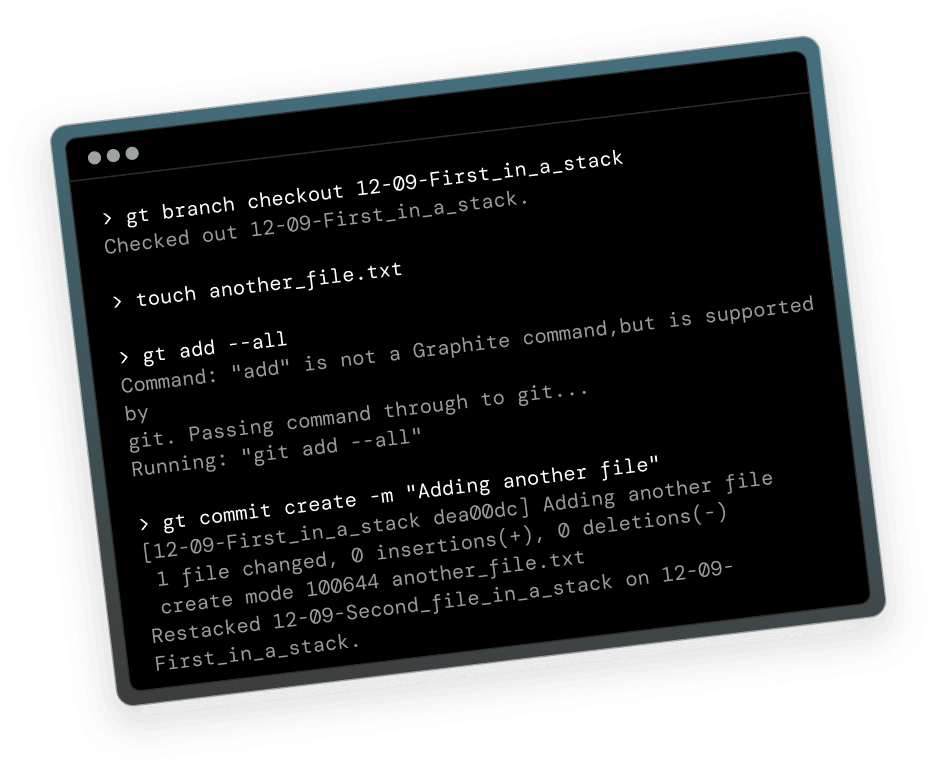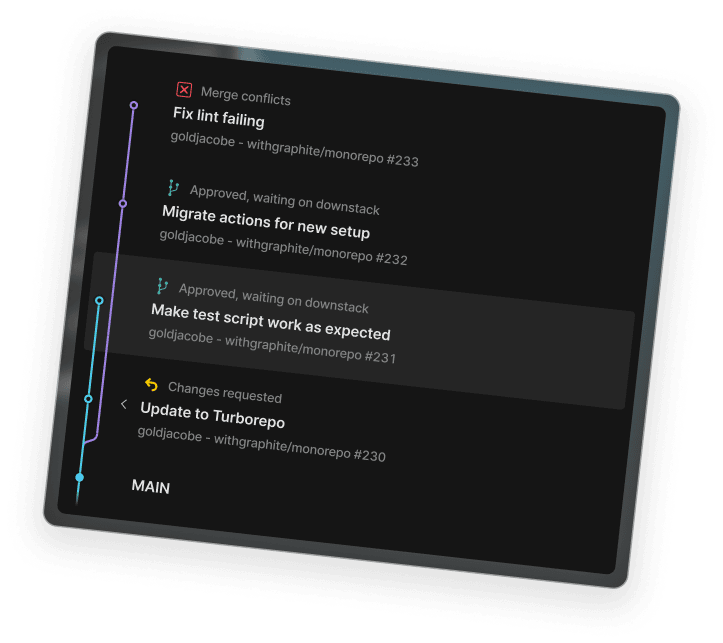Welcome to the world of streamlined coding practices where stacked diffs and Graphite are transforming how we approach software development. To truly grasp their significance, let's delve into a series of analogies that illuminate their function and impact.
The Library Analogy: Organized Knowledge
Think of a library with thousands of books. If you were to pile them up in one massive stack, finding a specific topic would be daunting. Stacked diffs are like having each subject neatly arranged on its own shelf. You can explore one topic at a time, fully digest the content before moving on. Graphite is the librarian, guiding you to each book you need, keeping track of your place, and ensuring the shelves are always organized.
The Jigsaw Puzzle Analogy: Piece by Piece Completion
Imagine tackling a 1,000-piece jigsaw puzzle. Rather than trying to fit everything at once, you start with corner pieces, then edge pieces, and work your way inwards, section by section. Stacked diffs allow you to work on the 'edges' of your code, outlining the structure before filling in the details. Graphite acts as the puzzle box lid, showing you the big picture while you place each piece in the right spot.
The Recipe Analogy: Layering Flavors
Creating a gourmet dish involves a series of steps, each adding layers of flavor. Stacked diffs are like prepping each ingredient separately, ensuring each one is perfectly prepared to contribute to the final dish. Graphite is your kitchen assistant, keeping ingredients ready and ensuring that each step is completed in order and on time.
The Construction Analogy: Building Foundations
Constructing a building starts with a solid foundation, followed by floors, walls, and finally the roof. Stacked diffs represent this methodical approach, where each layer of code must be stable before the next one is added. Graphite is the construction manager, overseeing the project timeline and ensuring each part is up to code before proceeding.
The Assembly Line Analogy: Efficiency in Production
Consider the efficiency of an assembly line. Each worker is responsible for one part of the assembly, adding their piece before passing it down the line. Stacked diffs follow this principle, with each diff being one 'worker' in the line, adding value before moving the code along. Graphite is the line supervisor, ensuring that everything runs smoothly and no part is overlooked.
The Playlist Analogy: Curating the Perfect Mix
Crafting the perfect playlist for an event is about the right order and mix of songs. Stacked diffs let you arrange your 'tracks' (code changes) in the ideal sequence, ensuring the 'mood' (functionality) flows smoothly. Graphite is your DJ software, queuing up each track to play at the right time.
The Book Series Analogy: Continuing the Story
When you read a series of books, each one builds on the story from the last. Stacked diffs are like individual books in a series, with each diff adding to the narrative of your code. Graphite is your bookshelf, keeping the volumes in order so you can follow the story's progression without losing track.
The Relay Race Analogy: Seamless Transitions
In a relay race, the baton is passed smoothly from one runner to the next without stopping. Stacked diffs embody this seamless transition, with each code change being a runner in the relay. Graphite is the coach, ensuring that each handoff is smooth and that every runner knows their cue.
The Layered Clothing Analogy: Adapting to Changes
Dressing in layers allows you to adapt to changing weather by adding or removing pieces as needed. Stacked diffs give you the flexibility to adjust your 'code attire' layer by layer, responding to changes in project requirements. Graphite is your wardrobe organizer, helping you select the right layers for the day's conditions.
By embracing these analogies, we can peel back the layers of complexity that often shroud concepts like stacked diffs and Graphite. They provide clear, manageable, and collaborative pathways through the sometimes thorny brambles of code development. So, as you discuss these tools and methods with your team, remember these analogies to help illuminate the path to a more efficient and organized workflow.

